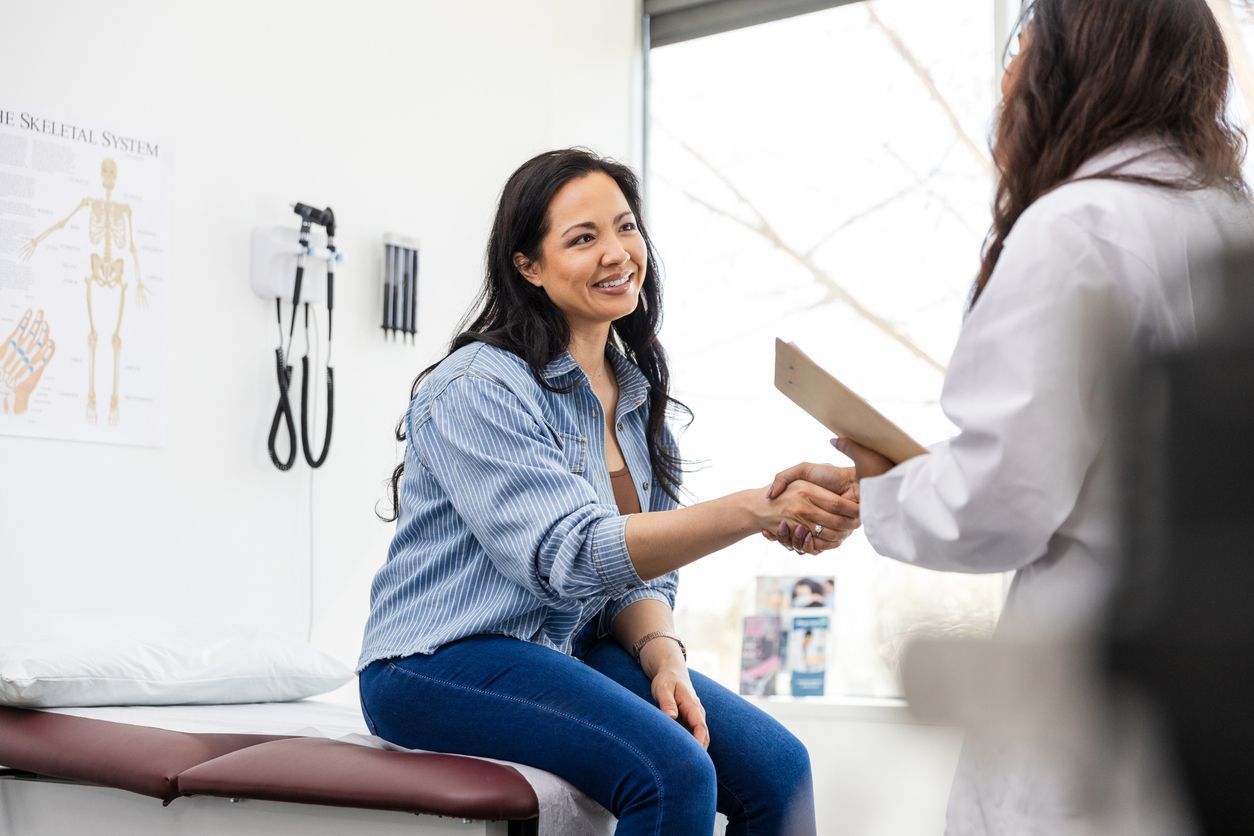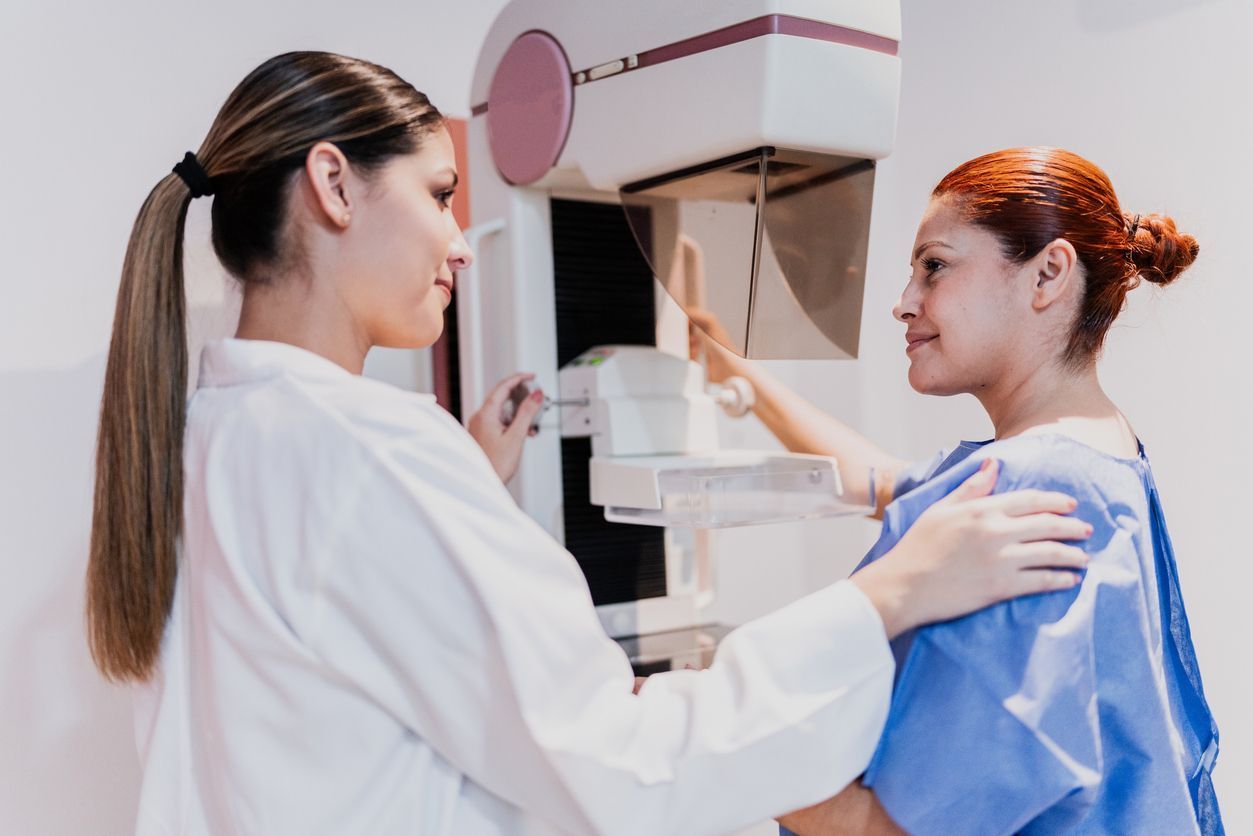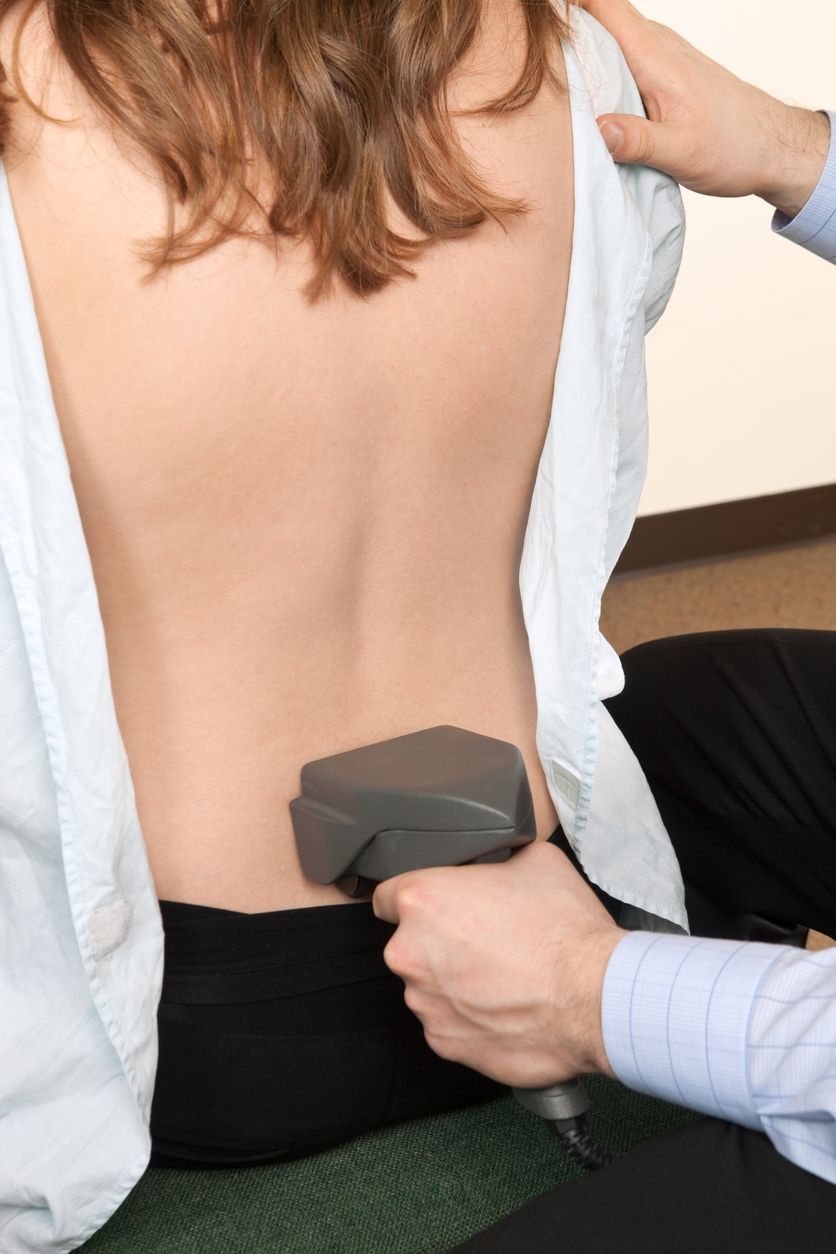Breast Thermography as a Non-Invasive Option for Monitoring Breast Health
When it comes to monitoring breast health, mammograms have long been the gold standard in early detection of breast cancer. But for those seeking non-invasive, radiation-free alternatives or complementary tools, breast thermography is gaining attention. Also known as thermal imaging, this painless technique uses infrared technology to detect subtle changes in breast tissue temperature , offering a new layer of insight into your health.
In this article, we'll explore what breast thermography is, how it works, and why some women are incorporating it into their preventive health routines. Whole-body wellness guides every innovative approach at our practice, and your comfort is at the forefront of everything we do. Let's take the first steps in feeling confident in your care.
What Is Breast Thermography?
Breast thermography is a non-invasive imaging procedure that captures infrared heat patterns on the surface of the breasts. The resulting image—called a thermogram—shows temperature variations that may correlate with physiological changes in the body, such as increased blood flow, inflammation, or angiogenesis (the formation of new blood vessels), which can be associated with abnormal tissue growth.
Importantly, thermography does not emit radiation and does not require compression of breast tissue, making it a gentler option than mammography for many women. It's entirely painless and takes only about 15 to 30 minutes per session.
How Breast Thermography Works
The process begins with the patient disrobing from the waist up in a temperature-controlled room. After a short adjustment period, high-resolution thermal cameras capture digital infrared images from multiple angles. A trained technician or certified thermologist then analyzes the thermogram to look for signs of unusual heat patterns or asymmetry.
Healthy breast tissue tends to produce a relatively symmetrical heat map. Areas with elevated temperature or vascular activity may indicate underlying concerns such as cysts, fibrocystic changes, inflammation, or, in some cases, precancerous or cancerous growths. However, it's important to note that thermography does not diagnose cancer. Rather, this enhanced prevention technique can alert patients and providers to changes that may warrant further investigation.
The Benefits of Breast Thermography
Breast thermography offers several benefits for patient health and comfort. Let's take a closer look at some of the key features of this technique.
1. Radiation-Free
Unlike mammograms , thermography does not expose the body to ionizing radiation. This makes it a viable option for women who are concerned about cumulative radiation exposure, especially if they start screening at a younger age or undergo frequent imaging.
2. No Physical Discomfort
Breast compression during a mammogram can be painful or uncomfortable, particularly for women with dense or sensitive breast tissue. Thermography eliminates this issue.
3. Monitors Physiological Changes Over Time
One of thermography's most unique strengths is its ability to track functional changes in breast tissue over time. For example, a series of thermograms taken months apart can detect increasing vascular activity that may precede the formation of a lump. This makes it a useful tool for early risk assessment, even before structural changes become visible on a mammogram.
4. Adjunct to Mammograms, Not a Replacement
While thermography is not a substitute for mammography, it can serve as a valuable complementary tool. In some cases, thermography may pick up on abnormalities that mammography misses, particularly in younger women or those with dense breast tissue, where mammograms may be less effective.
Who Might Consider Breast Thermography?
Thermography works in tandem with comprehensive screenings, healthcare, and wellness recommendations. Patients who may be a perfect fit for breast thermography include those who:
- Have dense breast tissue
- Are under 40 and not yet receiving regular mammograms
- Are at high risk for breast cancer and want more frequent monitoring
- Have had previous radiation exposure and want to limit further risk
- Prefer a non-invasive, comfortable alternative to traditional screening methods
Women with a family history of breast cancer or those with concerns about long-term exposure to medical imaging radiation may find thermography to be a helpful addition to their routine. Don’t hesitate to contact your provider team with any additional questions about your treatment approach.
What Breast Thermography Can (and Can't) Do
While thermography offers some exciting benefits, it's important to understand its limitations.
What It Can Do:
- Detect heat and blood flow abnormalities that may indicate inflammation or cell activity
- Help identify early physiological changes before structural abnormalities appear
- Provide a non-invasive tool to monitor ongoing breast health
What It Cannot Do:
- Diagnose cancer or provide definitive answers
- Replace mammography or biopsy as a diagnostic tool
- Detect calcifications or internal masses not associated with temperature changes
For this reason, thermography should always be used in conjunction with other tools, not as a replacement for clinical breast exams, mammograms, or biopsies.
Early Detection and Proactive Monitoring
Ultimately, thermography's strength lies not in diagnosis, but in early detection and proactive monitoring. This tool is available when you need it most, bridging the gap between more invasive measures and a more comprehensive method of monitoring breast health . When interpreted by certified thermologists and used in combination with other screening tools, it can provide valuable data points in a comprehensive health plan.
What to Expect During a Thermography Session
If you're considering breast thermography, here's what you can expect:
- Prepping for the Appointment: Skip lotions, deodorants, and sun exposure before your session. These factors can affect temperature readings.
- Image Capture: You'll spend about 10–15 minutes acclimating to the room's controlled temperature before infrared images are taken.
- Analysis and Report: A thermologist reviews the images and may recommend follow-up imaging, lifestyle changes, or further evaluation by your primary care provider or gynecologist.
- Baseline and Follow-Up: Often, an initial scan is followed by a second scan in 3 months to establish a baseline. After that, annual imaging is recommended if no changes are detected.
Additionally, wear comfortable, relaxed-fit clothing, eat a nutritious breakfast before your appointment, and stay calm. Your health is in good hands.
Getting Started With Breast Thermography
Breast thermography offers a non-invasive, radiation-free option for women who want to monitor their breast health closely. Although it is not a standalone diagnostic tool, it provides valuable physiological insights that can help detect potential issues early, well before they appear on a mammogram.
Used in conjunction with traditional screening methods, thermography empowers women to take charge of their health in a way that's comfortable, safe, and proactive. Contact our team to learn more about booking your first appointment.













